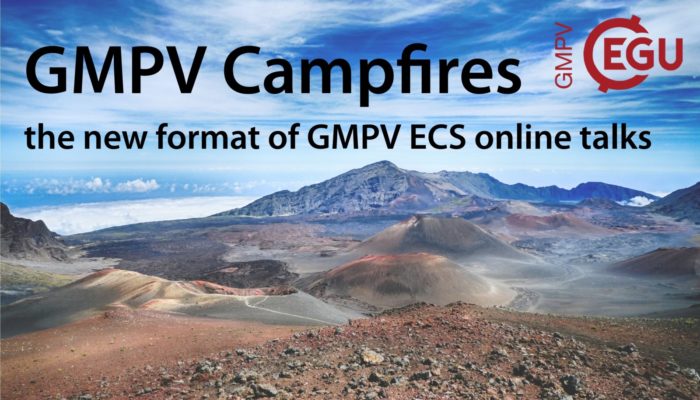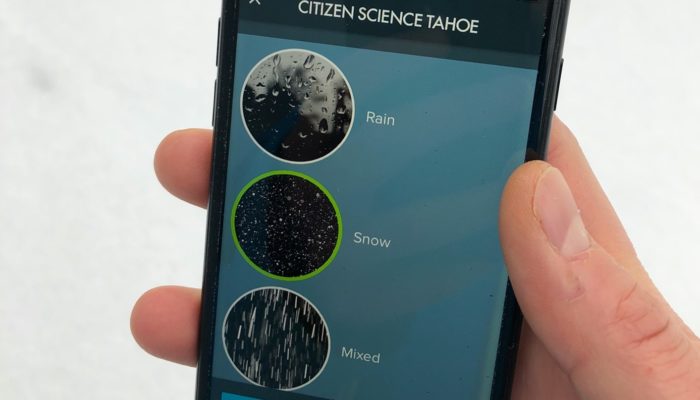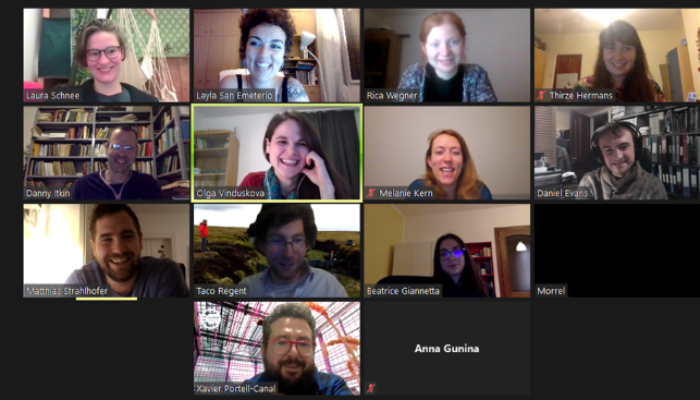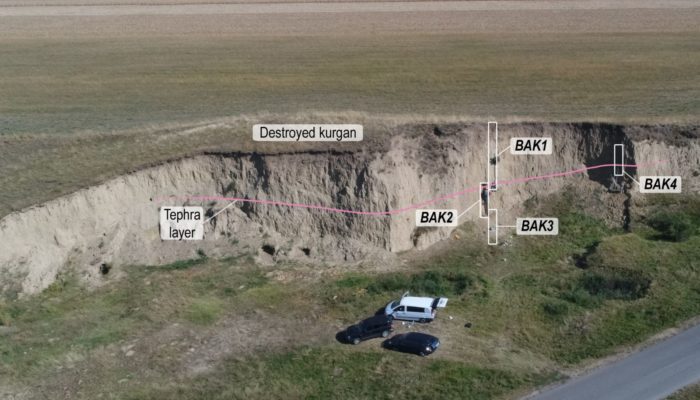Once a month, with the EGU GMPV Early Career Scientists (ECS) Committee, we feature online talks run by ECS covering the whole range of topics within the GMPV sphere. Starting with a ‘good first take’ in June 2020, thanks to the enthusiastic participation of 27 ECS speakers from all over the world, and an average of 70 attendees per session, it’s now time to introduce new features! Here we want ...[Read More]
Atmospheric Sciences
Using cloud microphysics to predict thunderstorms: How modelling of atmospheric electricity could save lives
The last three decades were the warmest in the history of meteorological observations in Europe. Temperature rise is accompanied by an increase in the frequency and magnitude of extreme weather and climatic events, which are the main risks for population and environment associated with modern climate change. An important class of such phenomena includes severe rainfall, tornadoes, squalls, and thu ...[Read More]
Cryospheric Sciences
Rain or snow? Answering the question with citizen scientists
As a New Englander interested in weather, I was used to a fairly intuitive air temperature split between rain and snow. Once air temperature got slightly above freezing, I’d commonly see rainfall with snowfall more frequent below freezing. Then something happened when I moved to the Intermountain West of the United States. Instead of seeing rain when it was slightly above freezing, I’d see snow at ...[Read More]
Geodynamics
The Sassy Scientist – You Don’t Have To Be Mad To Work Here…
…but it helps. Everyone has one colleague with that pinned above their desk. Sometimes with pictures of kittens. Lucile doesn’t want to be that interview candidate, so she asks: How can I prepare for an academic interview? Dear Lucile, Tips on how to appear to be a sane, motivated, enthusiastic, friendly, people-loving, positive, high-achieving, committed scientist? You’ve come t ...[Read More]
Soil System Sciences
ReSOILutions in Soil Science for 2021
On Thursday 4th February, the EGU’s Soil System Sciences (SSS) Division held its first ever Campfire. Launched across the EGU in 2019, EGU Campfires are small, informal events that are set up for members of a division, particularly the Early Career Scientists (ECS), to get to know one another, exchange ideas and views, fuel collaboration, build long lasting friendships, and strengthen professional ...[Read More]
Geochemistry, Mineralogy, Petrology & Volcanology
A Community of Support and Change: The Earth Science Women’s Network (ESWN)
The Earth Sciences are one of the least diverse disciplines in sciences all around the world (Marín-Spiotta et al., 2020). Often this causes discrimination and bias and might even reach up to bullying and sexual harassment at the workplace (Cantor et al., 2019; Marín-Spiotta et al., 2020). This leads to an underrepresentation of Black and African American, Hispanic, Latinex, and Asian graduate stu ...[Read More]
Solar-Terrestrial Sciences
Tips on engaging outside of your echo chamber
In my previous blog, I highlighted that public engagement needs to go beyond traditional approaches such as lectures, since these tend to only attract audiences who are already highly interested in science. However, our science is relevant to (and funded by) everyone, so we have a duty to engage beyond simply this “scientific echo chamber”. But how do you even approach attempting this? It seems li ...[Read More]
Geodynamics
Carbon in the cloud
If I asked you about what your carbon footprint is, your mind might jump to the food choices you make when at the supermarket, or how many conferences you fly to when you could get a train (well, not now, but you know, back in ye olden days). In this week’s post, Eoghan Totten, a PhD student at the University of Oxford, discusses the potential “hidden” impacts on your contributio ...[Read More]
Hydrological Sciences
Equity, Diversity, and Inclusivity amidst COVID-19
How to really engage with marginalized stakeholders A few weeks ago, I was having a conversation with a couple of researchers, as myself, working on stakeholder engagement in STEM. Many talked about how the digital transformation, imposed by the pandemic, might be a bumpy ride at first. But, once we adapt to engaging stakeholders remotely, organization and implementation can be done even more effi ...[Read More]
Stratigraphy, Sedimentology and Palaeontology
What’s my age again? Comparing dating methods in loess
As you have learned from our previous posts, loess is a widespread terrestrial sediment, known to be an important archive for the changes of past environmental and climatic conditions. In order to use loess as a proxy, we first need to investigate the age of the sediments. In loess, different dating methods can be used, such as luminescence dating, radiocarbon dating, magnetic stratigraphy, and or ...[Read More]









